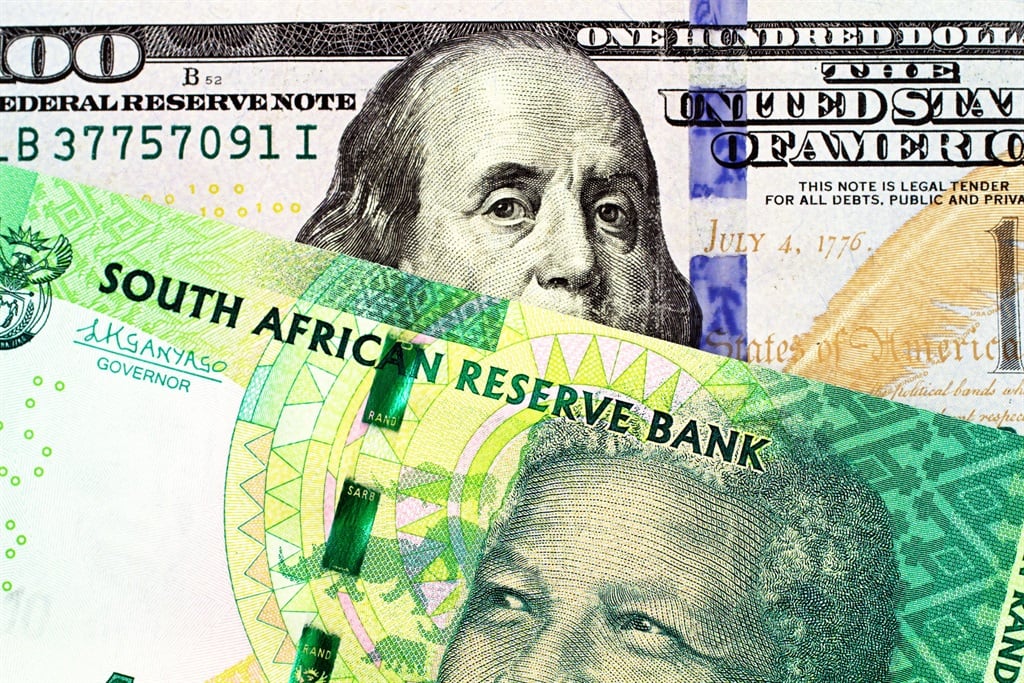
(Vitoria Holdings LLC/Getty Images)
The rand fell from R18.90 to nearly R19.00 on Thursday night, shortly after President Cyril Ramaphosa announced that the DA, EFF, IFP and smaller parties would form a Government of National Unity (GNU) to jointly govern South Africa.
However, the South African currency recovered some of its losses overnight, trading at 18.92 rand per dollar on Friday morning and briefly reaching 19.00 rand per dollar early Thursday morning.
The GNU agreement will include measurable targets for economic growth, inclusion, service delivery and development. All parties to the GNU must be committed to “shared values of nation-building and social cohesion.”
Political parties that want to join the government must “respect the constitution and the rule of law, and support social justice, non-racism and non-sexism.”
“A national unity government that brings everyone together, including the EFF, will be seen as a disappointment,” Mamokete Lijane, global market strategist at corporate and investment banking at Standard Bank, previously told Bloomberg. “The ongoing uncertainty is making people anxious.”
Following initial reports that the ANC was considering cooperation with the DA, the rand and other South African-linked stocks, particularly local banks and retailers, rose.
However, ANC organisations and the party's alliance partners are opposed to the agreement with the DA, causing heavy losses to South African assets in recent days.
Read | United Nations | Like Mandela, Ramaphosa invites political opponents into his cabinet
The rand was supported on Friday by a weaker dollar, which was hovering near eight-week lows on Friday ahead of a key U.S. jobs report that could provide a hint as to when the Federal Reserve might cut interest rates.
The euro held on to overnight gains after the European Central Bank delivered a much-anticipated interest rate cut but gave little indication of further easing as lingering inflation clouds the outlook.
The dollar index against the euro and five other major currencies was little changed at 104.09 as of 0453 GMT, not far from this week's low of 103.99. It was the first time it had fallen below 104 since April 9.
The index was expected to fall 0.54% this week as weak macroeconomic data prompted investors to reassess the Fed's two quarter-point rate cuts this year.
That has traders expecting a weaker nonfarm payrolls report to be released later in the day, which could result in job gains below economists' median forecast of 185,000.
The Federal Open Market Committee is not scheduled to make any policy changes at its policy meeting next week, but markets are currently pricing in a 50 basis point rate cut by the end of December, with the first cut likely to come in September.
“We expect the overall message from the nonfarm payrolls data to be one of strength, albeit weakened,” Joseph Capurso, head of international economics at Commonwealth Bank of Australia, said in a client note.
“The U.S. labor market is far from weak; it's more accurate to say it's strong rather than red hot,” he added. “As a result, it's more likely that markets are pricing in the first rate cut from the FOMC in September, which could lead to a modest strengthening of the U.S. dollar.”

